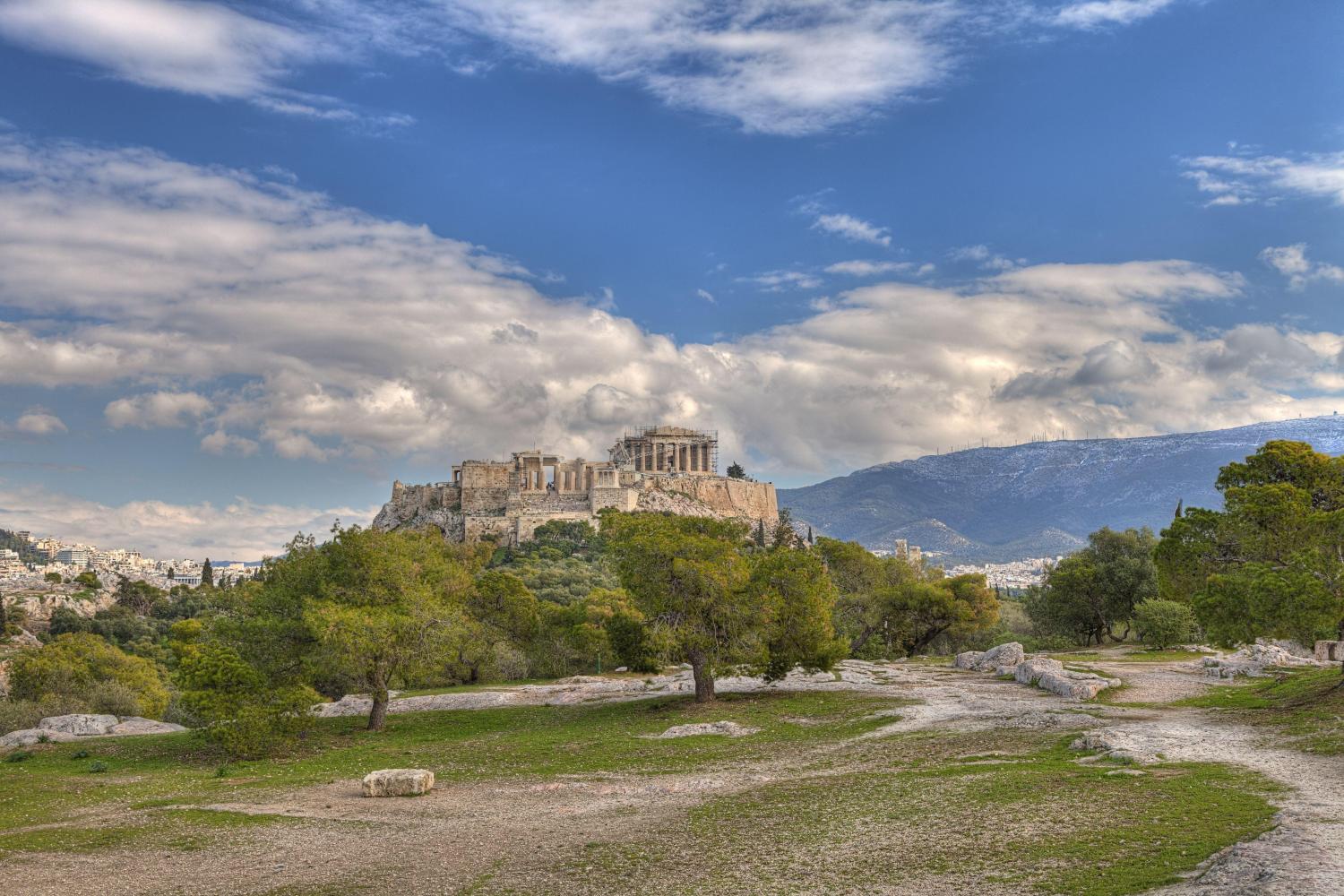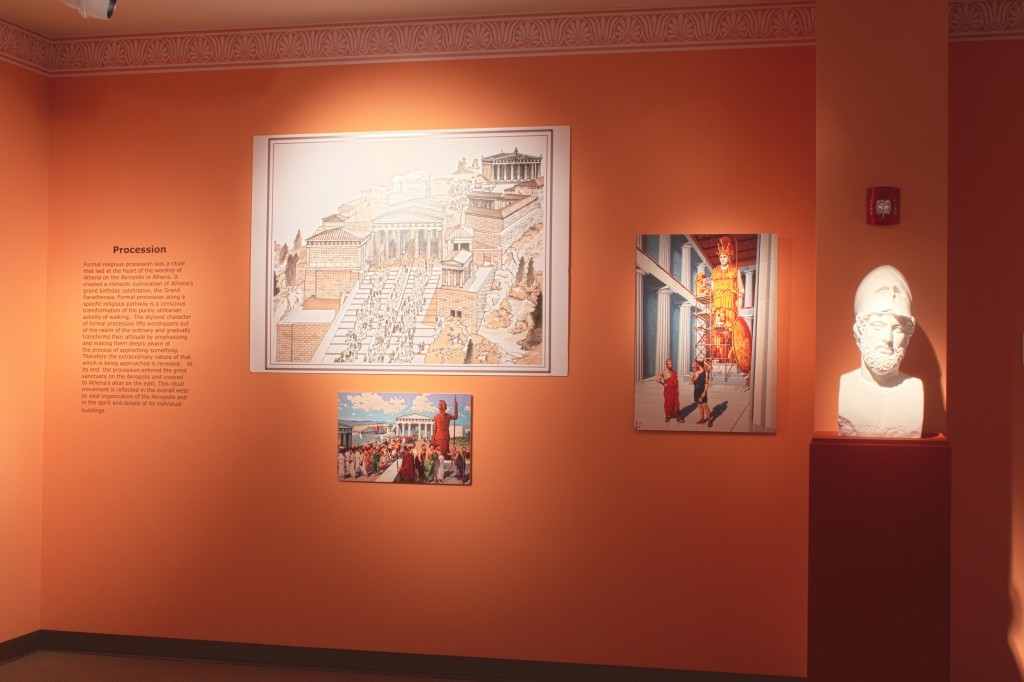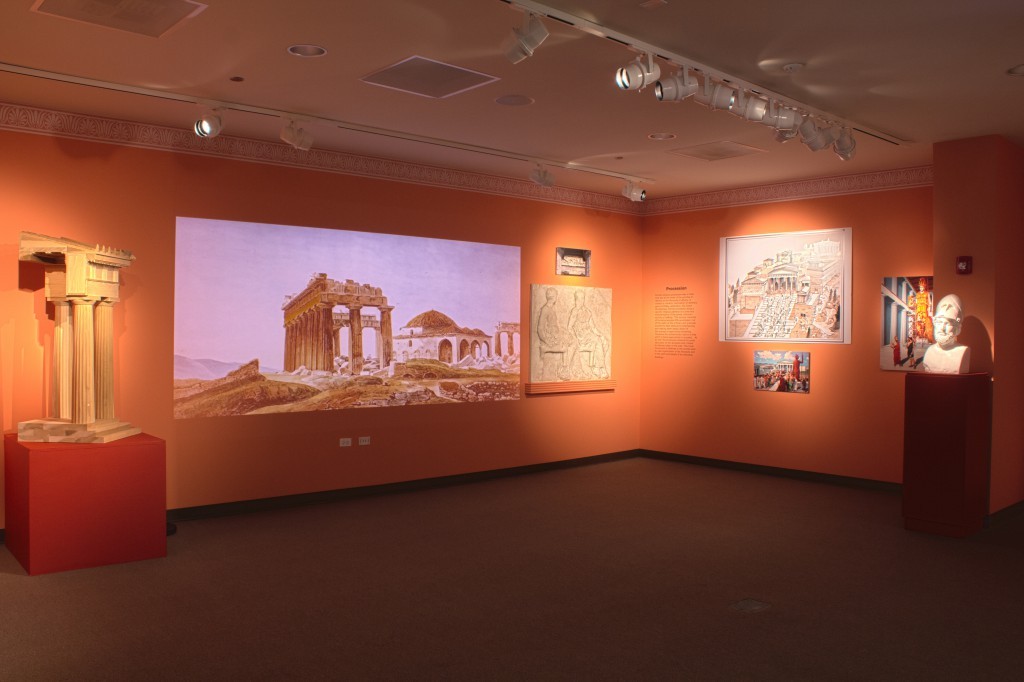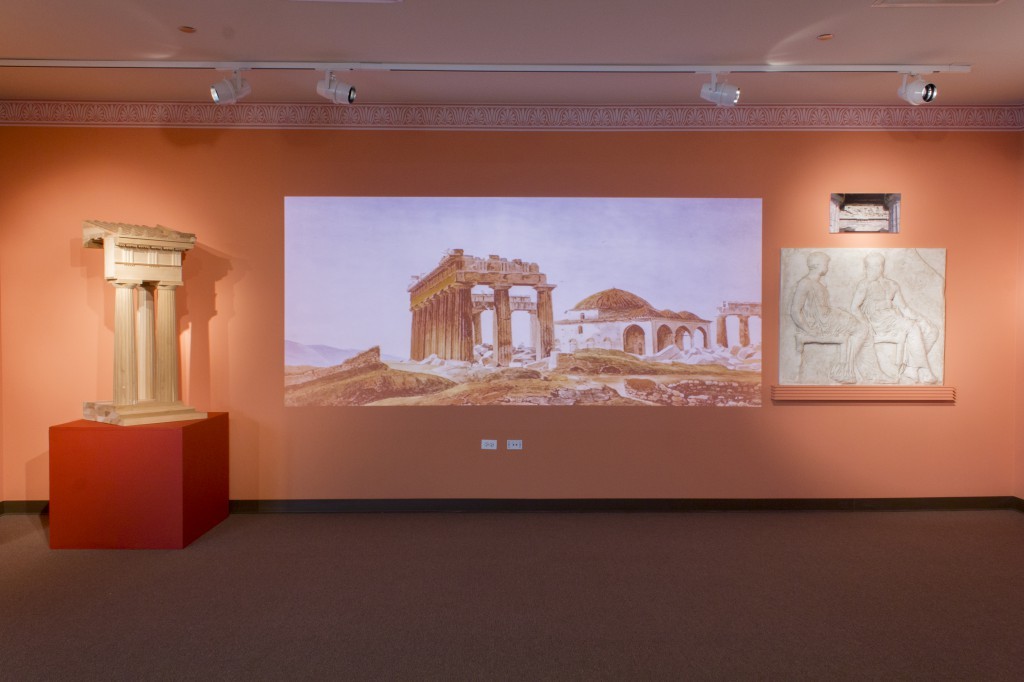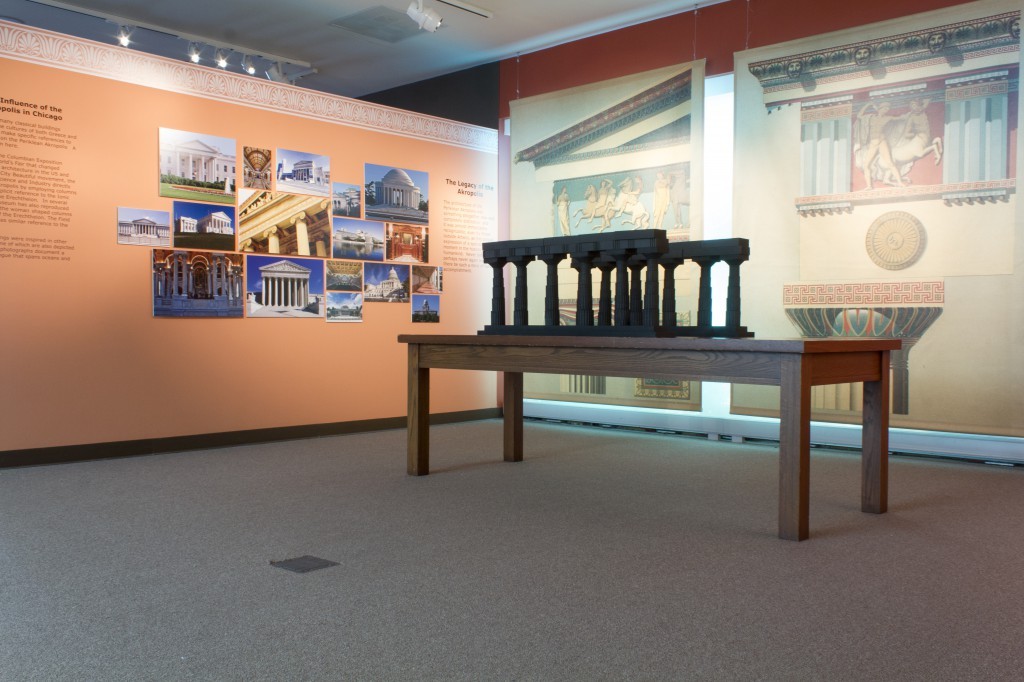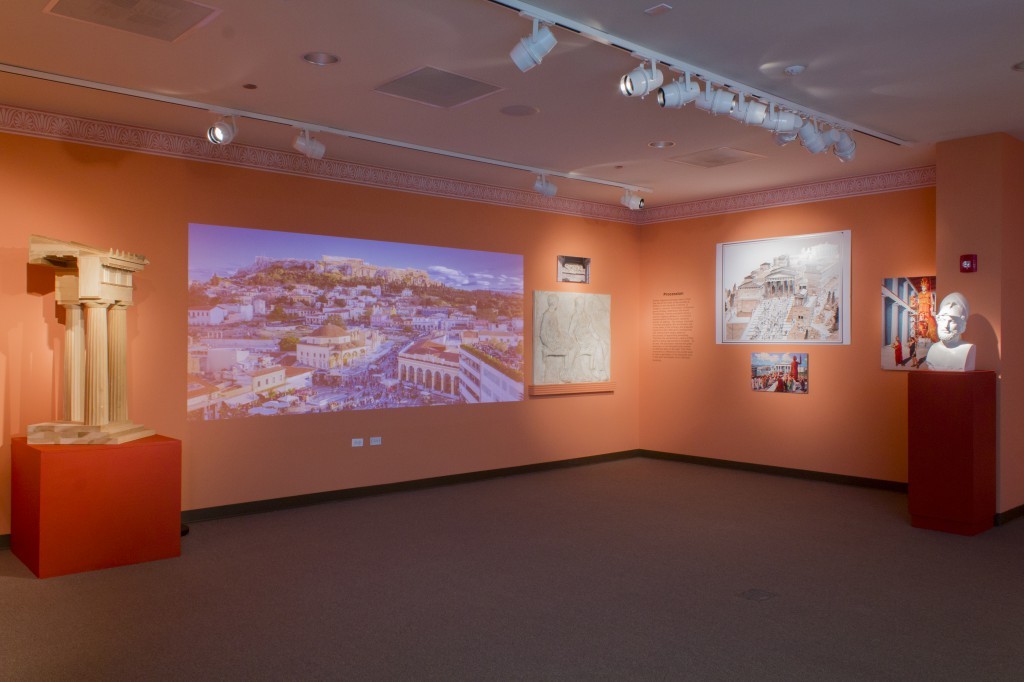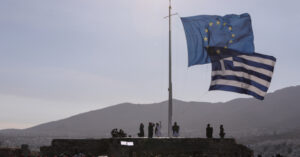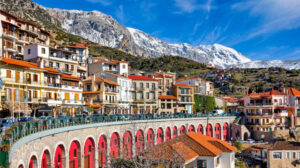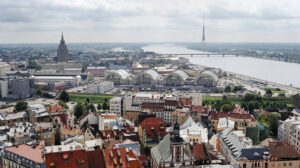The National Hellenic Museum (NHM) in Chicago, USA will present a new exhibition called “The Periclean Acropolis: From Antiquity to Modernity,” scheduled to open on November 13.
NHM organized the exhibition in collaboration with the Notre Dame University School of Architecture and the event is sponsored by District 13 of the American Hellenic Educational Progressive Association (AHEPA).
The most ambitious building program in Greek history, the Athenian Acropolis and its monuments mark a turning point in Western architecture. Built in honor of Athena, the city’s patron goddess, and in perfect harmony with their natural surroundings, these monuments set a new standard, and established a new vocabulary for Western art and architecture. The first, and perhaps the only time that man has achieved such levels of perfection as a conscious and deliberate act, this monumental landscape is of such unique beauty that it has inspired the world for more than 2,500 years.
The exhibition highlights the unique and revolutionary (for the time) classical architecture, and describes the Athenian use of monumental architecture to prepare people for approaching divinity. Also featured in the exhibition are images of modern day Athens, which show how classical art and architecture were used to create a sense of a national Greek identity in the 19th century. The profound impact of the Acropolis in the U.S. is shown through images of iconic American landmarks, including the Library of Congress, Lincoln Memorial, Supreme Court, White House, and Chicago’s very own Field Museum and the Museum of Science and Industry.
Drawings by renowned architect and archaeologist Manolis Korres, former head of the Parthenon Restoration Project, depict the manner in which massive blocks of marble were quarried and transferred from Mount Pentelicon across the city of Athens and to the top of the Acropolis.
Accompanying the exhibition are especially designed educational programs, as well as an interactive “hands-on” model, developed by Notre Dame architecture students that will help students understand the basic element of the Parthenon design.
Ask me anything
Explore related questions
